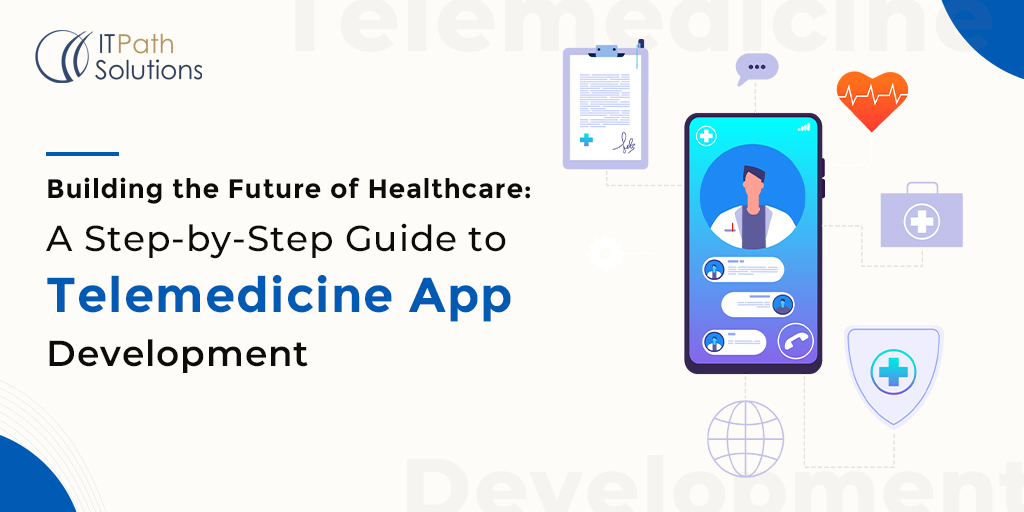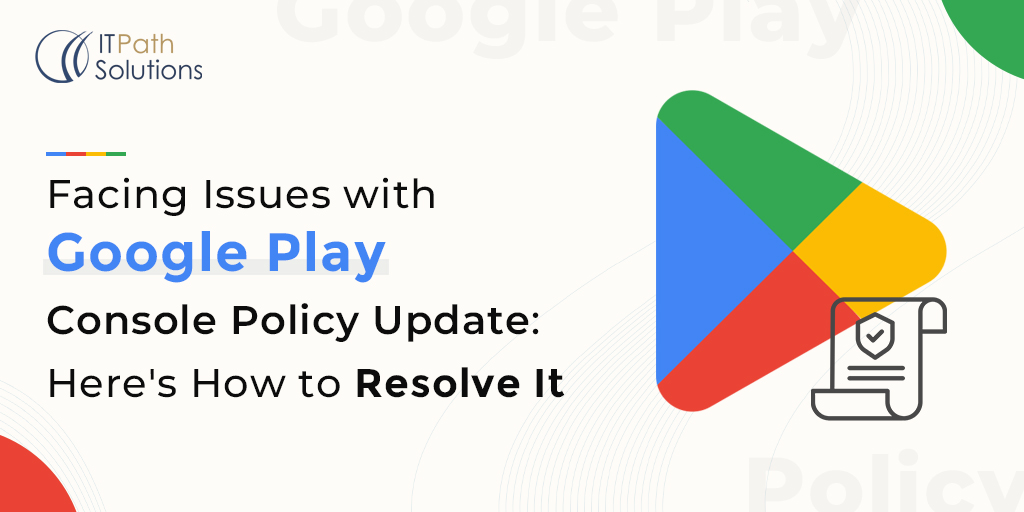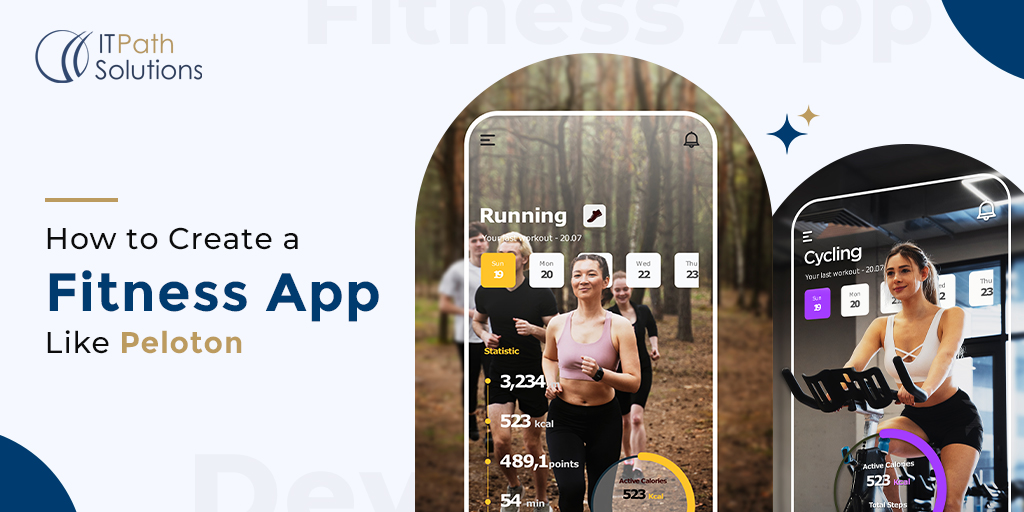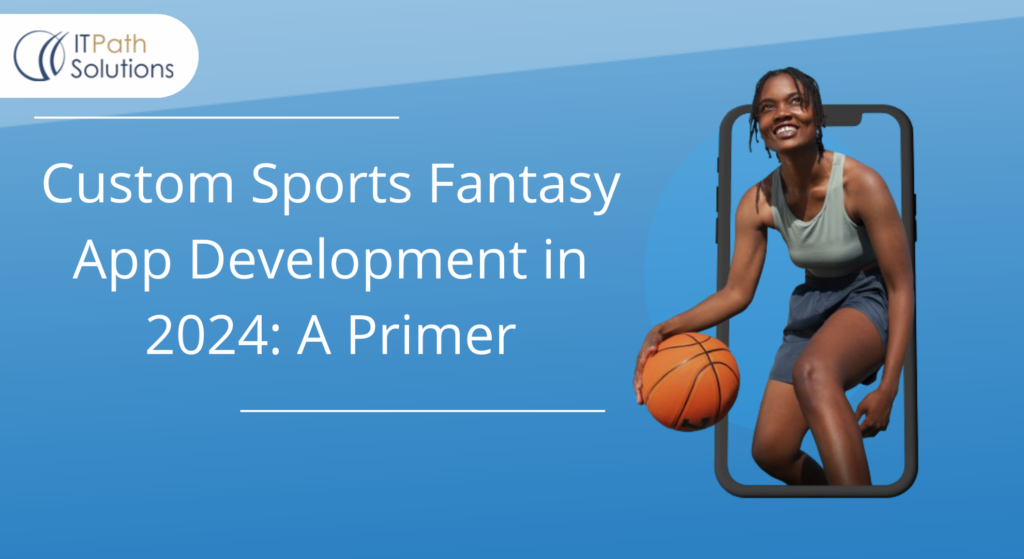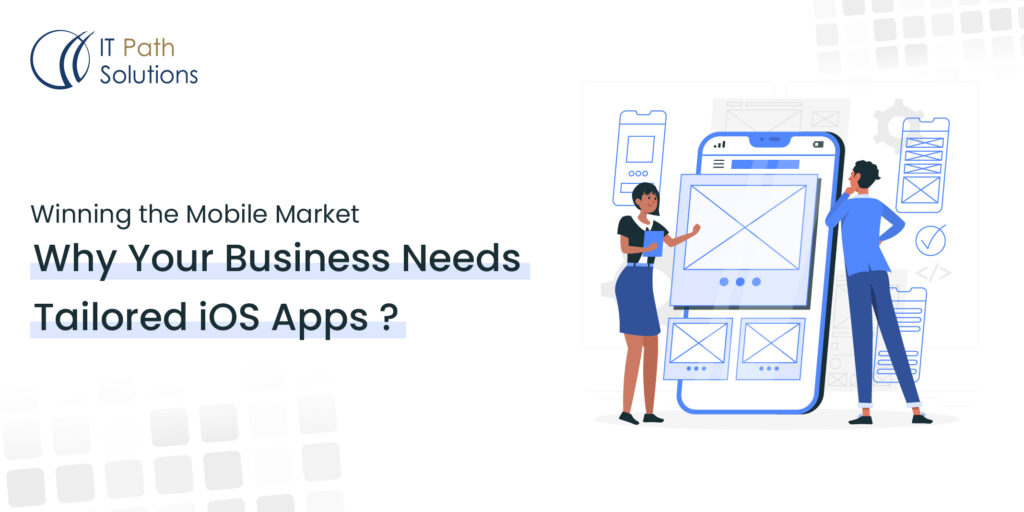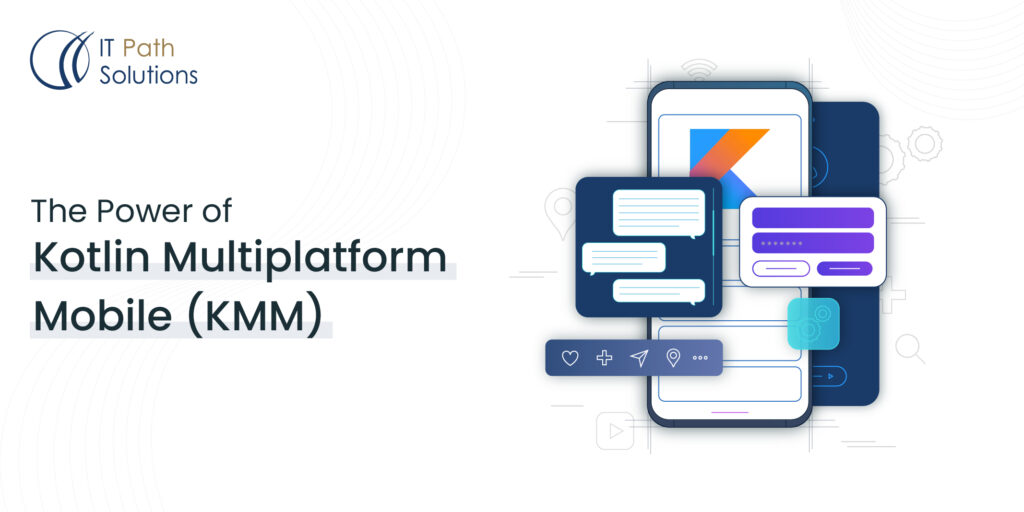Develop Your Own Custom Shopping App Like Temu
Mobile app development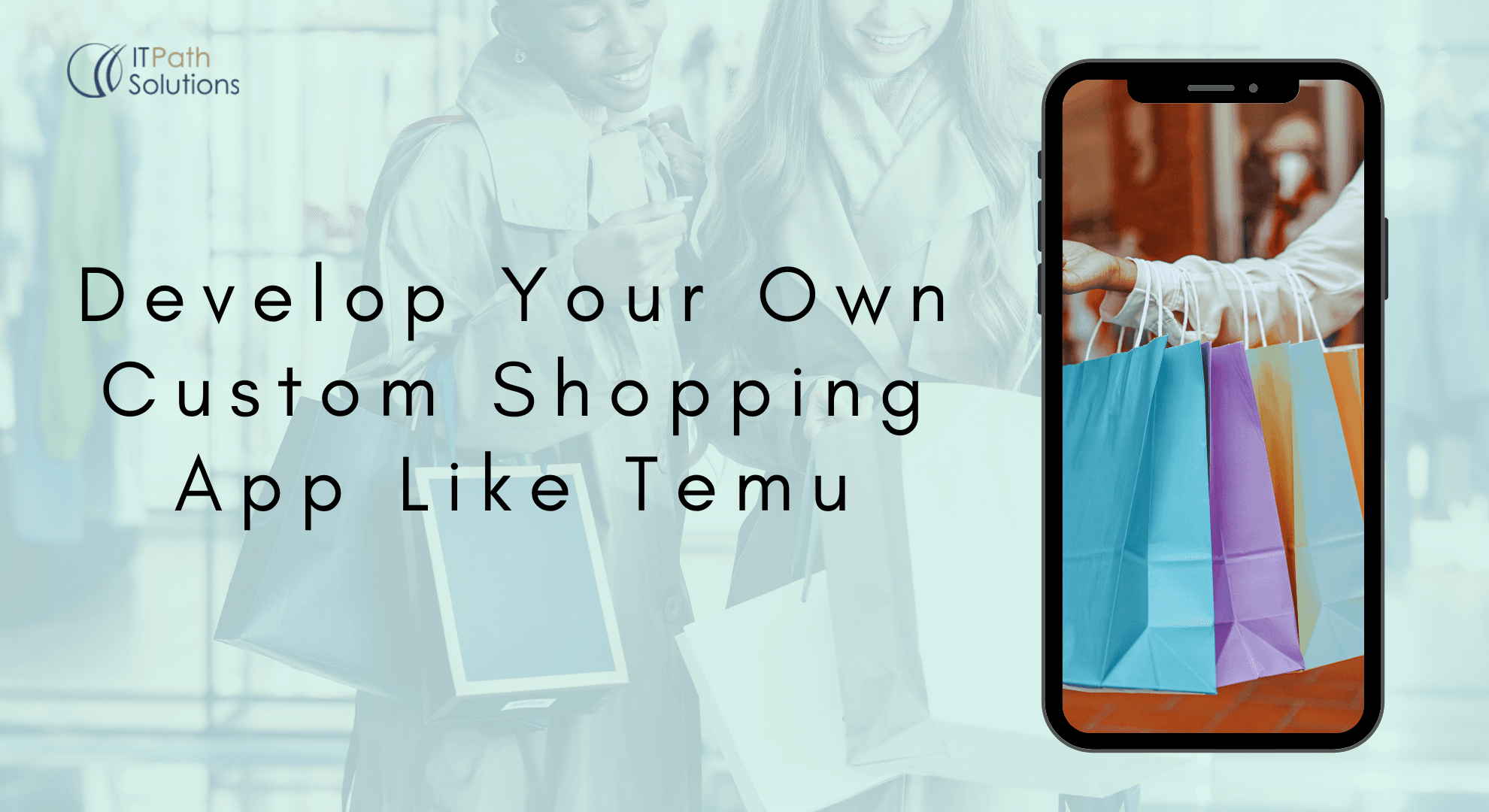
Introduction
The custom shopping app market is a growing industry, with a high demand for personalized shopping experiences. These apps have revolutionized the way consumers shop, providing convenience and accessibility.
Custom shopping apps provide businesses with a unique platform to reach their target audience, increase sales, and enhance customer loyalty. They offer a variety of features, such as personalized recommendations, in-app purchases, and easy navigation, making the shopping experience seamless and enjoyable.
Understanding the target audience is crucial for the success of a custom shopping app. This involves gathering information about the demographics, shopping habits, and preferences of the target audience. This information will help the app developers create a custom shopping app that meets the needs of the target audience and provides a personalized shopping experience.
Market Analysis and Competition Research
Before developing the custom shopping app, it is important to understand the current market and trends. This includes researching existing shopping apps and their features, as well as identifying gaps in the market and opportunities for growth. This research will also help the developers understand the strengths and weaknesses of the competition, allowing them to create a unique and competitive shopping app.
The Temu app is a successful custom shopping app that offers a variety of features and functionalities. Identifying these features will help the developers understand what makes the Temu app successful and how they can incorporate similar features into their own custom shopping app. This includes features such as personalized recommendations, easy navigation, and in-app purchases, as well as any unique features that set the Temu app apart from its competition.
Custom Temu App Design and Development
A wireframe or prototype is a visual representation of the app’s design and functionality. This step allows the developers to get a clear idea of how the app will look and function, and make any necessary changes before the actual development process begins.
- Choosing the right technology stack and development tools: Choosing the right technology stack and development tools is crucial for the success of the custom shopping app. The developers need to choose tools that will support the app’s features and provide the best user experience. This may include programming languages, frameworks, and tools for app development, database management, and payment processing.
- Developing the back-end and front-end of the app: The back-end and front-end of the app need to be developed separately, with the back-end responsible for handling the data and logic of the app and the front-end responsible for the user interface. The developers need to ensure that the back-end and front-end are integrated seamlessly, providing a smooth and functional user experience.
- Integrating payment gateway and other third-party APIs: Integrating a payment gateway and other third-party APIs is an important step in the development process. This will allow the app to accept payments and access other services, such as shipping and tracking, in a secure and seamless manner. The developers need to choose a payment gateway and APIs that are secure, reliable, and easy to use, and integrate them into the app in a way that is user-friendly and efficient.
Key Features of a Custom Shopping App like Temu
- Personalized recommendations: A personalized recommendation system that suggests products based on the user’s browsing and purchase history.
- User-friendly navigation: An intuitive and user-friendly interface that makes it easy for users to search and navigate through products, categories, and filters.
- In-app purchases: The ability for users to make purchases directly from the app, without having to leave the app and navigate to another website.
- Push notifications: Push notifications that keep users updated on sales, promotions, and new products, as well as reminders about abandoned shopping carts.
- Social media integration: Integration with popular social media platforms, allowing users to share products with friends and family, and follow their favorite brands and influencers.
- Product reviews and ratings: A review and rating system that allows users to leave feedback about products and read reviews from other users.
- Wishlists and saved items: The ability for users to save items they are interested in purchasing, as well as create and manage wishlists.
- In-app customer support: In-app customer support that provides users with immediate assistance with their orders, payments, and other related issues.
- Secure payment options: Multiple secure payment options, including credit/debit cards, net banking, mobile wallets, and others.
- Analytics and reporting: An analytics and reporting system that provides insights into the app’s performance, user behavior, and other key metrics.
- Integration with shipping and tracking APIs: Integration with shipping and tracking APIs that allow users to track their orders and shipments in real-time.
- Customizable branding: The ability for the app owner to customize the branding and look-and-feel of the app, including the logo, color scheme, and font.
- Admin Dashboard: A comprehensive admin dashboard for managing products, users, orders, and app settings.
- Analytics and Reporting: Detailed analytics and reporting tools to track user engagement, sales, and app performance.
- Loyalty Programs: Loyalty programs and rewards to encourage repeat purchases and customer retention.
- Search and Filters: Robust search and filtering options to help users find specific products quickly, including categories, brands, and keywords.
These features will provide users with a seamless and personalized shopping experience, while also helping the app owner to grow their business and reach a wider audience.
Marketing and App Monetization
Once the custom shopping app has been developed, the next step is to promote it to reach the target audience. This can be done through a variety of digital marketing channels, including social media, search engine advertising, email marketing, and influencer marketing. These channels can be used to reach a large audience and build brand awareness for the app.
The custom shopping app can be monetized through a variety of methods, including in-app purchases, advertising, and other revenue streams. In-app purchases can include selling products directly through the app, as well as offering premium features for a fee. Advertising can include display ads, sponsored products, and sponsored content. Other revenue streams may include referral programs, subscriptions, and affiliate marketing.
Gathering feedback from users is essential to continually improve the app and meet the evolving needs of the target audience. This feedback can be gathered through in-app surveys, customer reviews, and social media engagement. The data collected from these sources can be used to make improvements to the app, such as adding new features, improving the user experience, and fixing bugs. By continually improving the app, the app owner can ensure that it remains relevant and popular with the target audience.
- In-App Advertising:
- Banner Ads: Display small, non-intrusive ads at the top or bottom of the app interface.
- Interstitial Ads: Full-screen ads that appear at natural transition points within the app.
- Video Ads: Short video clips that users watch in exchange for in-app rewards or premium content.
- Native Ads: Ads that seamlessly blend with the app’s content, providing a non-disruptive user experience.
- In-App Purchases (IAP):
- Offer users the option to buy virtual goods, upgrades, or premium features within the app.
- Freemium Model: Offer a basic app for free and charge for premium features or content.
- Consumable and Non-Consumable Purchases: Allow users to buy items that are either used once or repeatedly.
- Subscription Models:
- Implement monthly, yearly, or freemium-style subscriptions that unlock premium content or remove ads.
- Provide different subscription tiers with varying levels of access.
- Pay-Per-Download (PPD):
- Charge a one-time fee for users to download and install the app.
- Suitable for apps with strong branding and unique value propositions.
- Freemium Model:
- Offer a free version of the app with limited features and upsell users to a premium version with additional functionalities.
- This model is especially effective for apps with a strong user base.
- Sponsorships and Partnerships:
- Collaborate with other brands or apps for co-promotions and monetization opportunities.
- Include sponsored content, links, or features within your app.
- Affiliate Marketing:
- Promote other products or services within your app and earn a commission for every user referral or sale generated through your app.
- Data Monetization:
- Collect user data (with user consent and privacy compliance) and sell anonymized, aggregated data to third parties for market research and analytics.
- Crowdfunding:
- Ask users to contribute financially to support the app’s development, either through platforms like Patreon or within the app itself.
- Event Tickets and Booking:
- If your app is related to events, entertainment, or travel, you can offer ticket sales or booking services and take a commission or service fee.
- Merchandise Sales:
- Sell branded merchandise related to your app or its content, such as clothing, accessories, or collectibles.
- Marketplace or Transaction Fees:
- If your app facilitates transactions between users or businesses, charge a percentage fee for each successful transaction.
- Licensing and White-Labeling:
- License your app’s technology or offer a white-label version to other businesses or organizations for a fee.
- Pay-Per-Use or Metered Billing:
- Charge users based on their actual usage or consumption of the app’s features or resources.
Conclusion
The Temu shopping app is blowing up massively and poses massive opportunities for custom shopping app development. You can refer to this blog and hire custom developers for a feature packed app or just simply consult them for a NDA backed consultation to polish out your shopping app idea further.
 Healthcare
Healthcare  Education
Education  Real Estate
Real Estate  Logistic
Logistic  Fitness
Fitness  Tourism
Tourism  Travel
Travel  Banking
Banking  Media
Media  E-commerce
E-commerce  Themes
Themes
 Plugins
Plugins
 Patterns
Patterns
